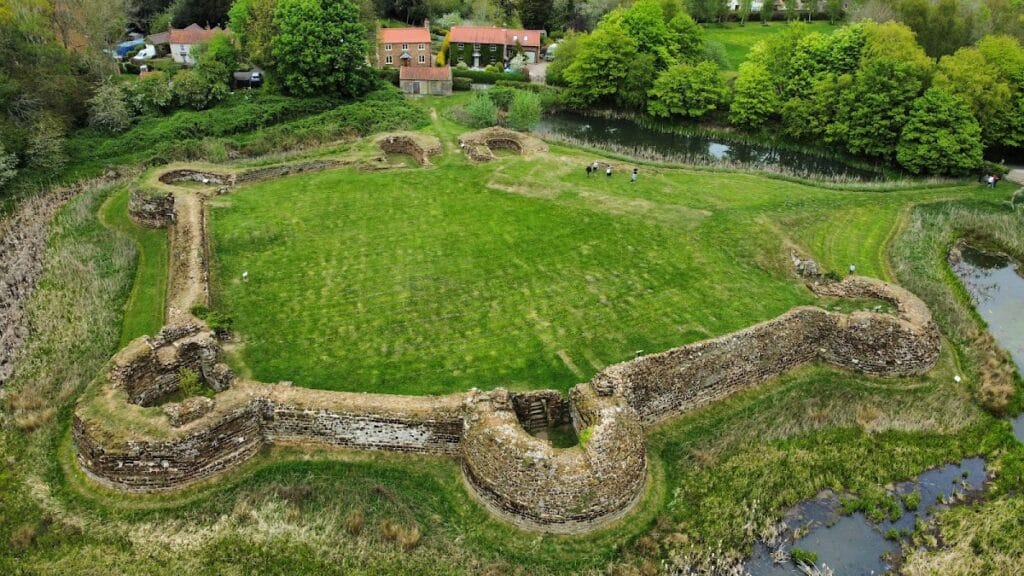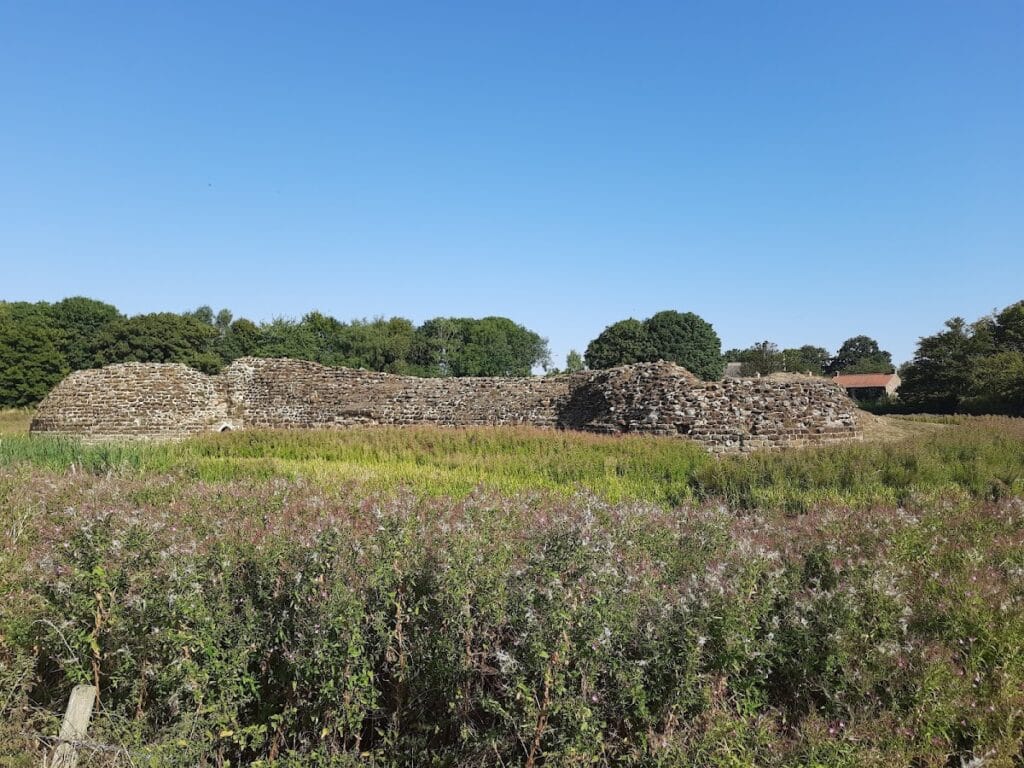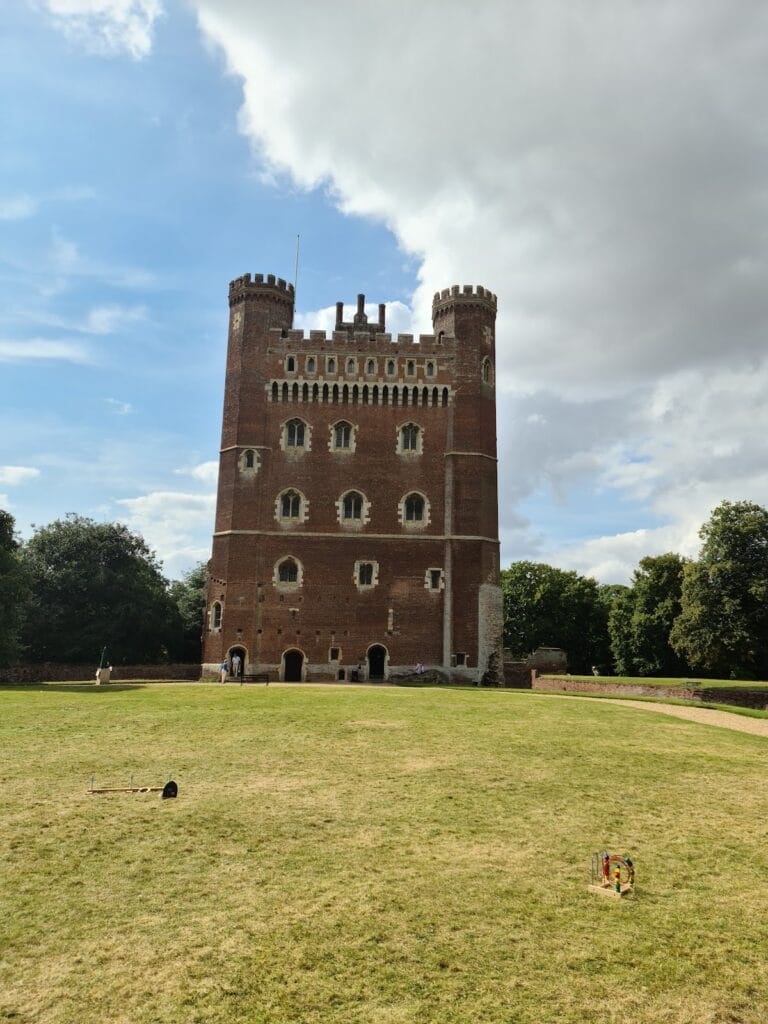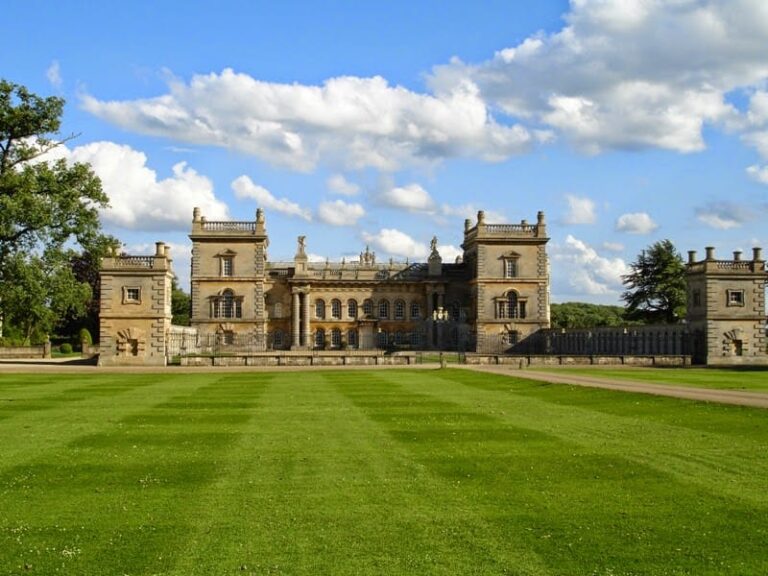Bolingbroke Castle: A Norman and Medieval Fortress in Lincolnshire, England
Visitor Information
Google Rating: 4.5
Popularity: Low
Google Maps: View on Google Maps
Official Website: www.english-heritage.org.uk
Country: United Kingdom
Civilization: Medieval European
Remains: Military
History
Bolingbroke Castle is located near the village of Old Bolingbroke in Lincolnshire, England, and was originally constructed by the Normans. The earliest fortification on this site was a motte-and-bailey castle established in the 12th century by William de Roumare, the 1st Earl of Lincoln. This initial castle stood on a hill overlooking the surrounding settlement, serving as a defensive stronghold during a period marked by consolidation of Norman power.
Between 1220 and 1230, a significant transformation took place under Ranulf de Blondeville, who held the titles of 6th Earl of Chester and 1st Earl of Lincoln. He replaced the original wooden structure with a substantial stone castle situated on a flat plain encircled by three hills. This new stone fortress, documented from the years 1232 and 1240, reflected advancements in medieval military architecture. When Ranulf died without heirs in 1232, the castle passed through his sisters to John de Lacy, the 1st Earl of Lincoln, and then to successive members of the de Lacy family, including Henry de Lacy and his daughter Alice.
Control of Bolingbroke Castle eventually passed by marriage to Thomas Plantagenet, the 2nd Earl of Lancaster, and later to John of Gaunt, son of King Edward III. John of Gaunt’s wife, Blanche of Lancaster, was born at the castle in 1342. Their famous son, Henry Bolingbroke, who later became King Henry IV, was born there in 1367. The castle thus served not only as a noble residence but also as a key administrative center for the Lancastrian family, reflecting its political importance during the late medieval period.
Despite its association with notable figures, Bolingbroke Castle did not play a prominent role during the Wars of the Roses, the dynastic conflicts that reshaped England in the 15th century. Over time, particularly by the Tudor era, the castle’s upkeep declined. By around 1600, much of the structure had deteriorated to the point where four of its towers were no longer habitable. Only the gatehouse tower and an octagonal tower, rebuilt between 1446 and 1456 and sometimes called the Royal Tower, remained in active use.
During the English Civil War in the 1640s, Bolingbroke Castle was held by Royalist forces but faced siege in 1643. The castle changed hands during this turbulent period before suffering a deliberate slighting (partial destruction) in 1652 to prevent its further military use. As a result, the walls and towers were largely demolished, and much of the rubble was discarded into the surrounding moat. The final major structure standing, the gatehouse tower, eventually collapsed in 1815.
In the 20th century, archaeological excavations were carried out in the 1960s and 1970s, revealing important details of the castle’s layout and construction. The site was transferred to Heritage Lincolnshire in 1995 and has since been preserved as a historic ruin.
Remains
Bolingbroke Castle was originally built as a roughly polygonal enclosure roughly 75 meters (250 feet) across, positioned on a plain below three surrounding hills. The castle’s defensive design relied on a wide, deep water-filled moat, approximately 30 to 31 meters (100 to 102 feet) across, which surrounded the entire enclosure. The curtain wall protecting the castle reached thicknesses of up to 5 meters (16 feet), providing formidable resistance against attack.
Five corner towers with a distinctive D-shape reinforced the curtain wall, adding strength and allowing defenders to cover the walls with crossfire. The main entrance was secured by a twin-towered gatehouse featuring a drawbridge, an element whose remains were uncovered during 20th-century archaeological digs. The castle was constructed primarily from local Spilsby greenstone, a porous limestone that, while readily quarried, has proved vulnerable to long-term weathering and decay.
Uniquely, Bolingbroke lacked a central keep—a large fortified tower common in many medieval castles. Instead, its defense relied on the thick curtain walls and strategically placed corner towers. This approach to fortification resembled other castles built by Ranulf de Blondeville, such as Beeston Castle in Cheshire, and shared similarities with the castle at Boulogne-sur-Mer in France.
Within the castle walls, a courtyard contained essential wooden structures including a great hall where the lord’s household would gather, alongside various service buildings. Outside the primary enclosure was an outer bailey, an enclosed area used for keeping livestock. Nearby stood a Norman church connected to the castle, with an addition in the form of a southern aisle constructed in 1363 by John of Gaunt, further highlighting the castle’s role as both a military and domestic center.
Today, what remains of Bolingbroke Castle includes parts of the thick curtain walls standing up to about 6 meters (18 feet) high, although much of the height has been lost through centuries of decay and demolition. The moat has been partly filled in but is still visible as a broad defensive ditch. The bases of the towers survive, generally rising to about 3 meters (10 feet), while wall fragments commonly reach between 2 and 3 meters (6 to 10 feet). These ruins offer a tangible connection to the castle’s medieval past and reflect the changes it underwent through the centuries.










